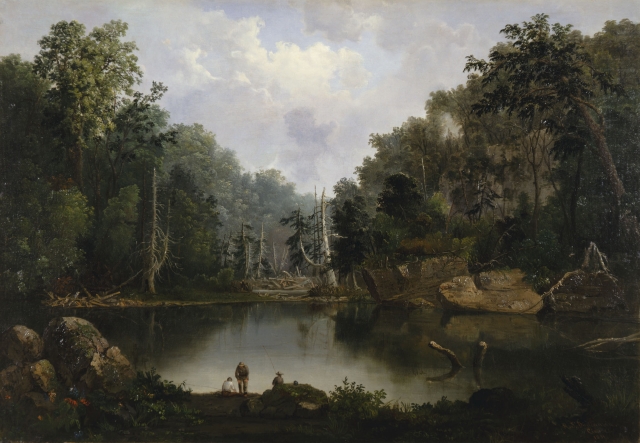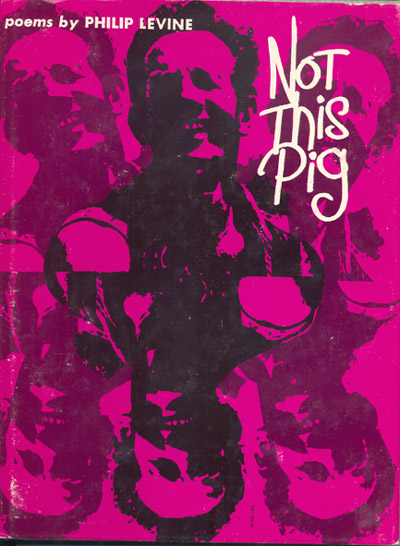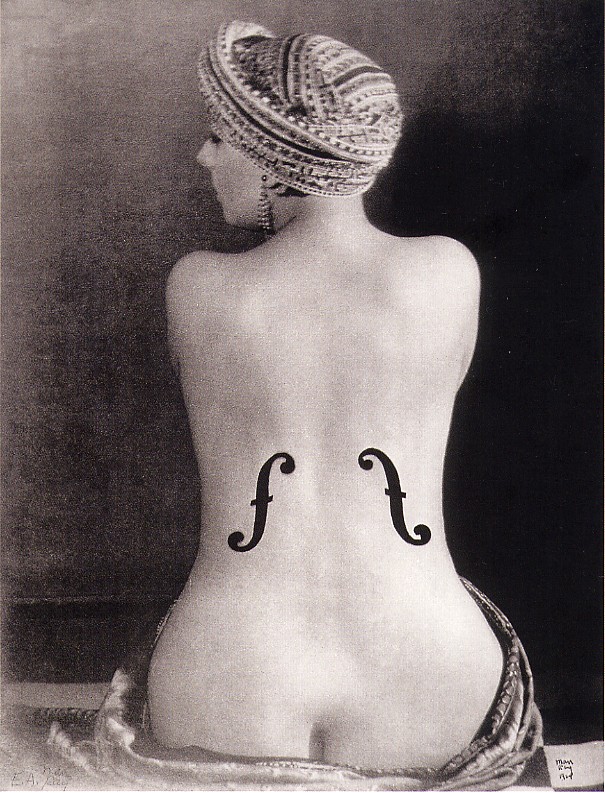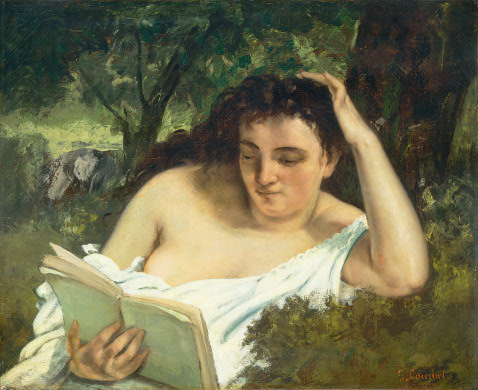![Is this Colette, Balenciaga’s favorite model from the 1950s? [Photo source: Fashion Spot/Vogue] Is this Colette, Balenciaga’s favorite model from the 1950s? [Photo source: Fashion Spot/Vogue]](../wp-content/uploads/2008/02/balenciaga_colette_1950.jpg)
Is this Colette, Balenciaga’s favorite model from the 1950s? [Photo source: Fashion Spot/Vogue]
In Couture Clash (Atlantic Monthly, January/February 2008), Benjamin Schwartz reviews four recent books that document the golden age of couture in postwar Paris. He crafts a narrative of contrasts between Christian Dior and Cristobal Balenciaga:
Dior, a charming if exceedingly plain-looking dilettante, came to couture late and by chance through his skill as a draftsman. Whereas a joshing glamour characterized the atmosphere at the House of Dior, silence and intense concentration governed the House of Balenciaga. “It was like entering a convent of nuns drawn from the aristocracy,” Marie-Louise Bousquet, the Paris editor of Harper’s Bazaar, remembered. It’s often facilely argued that Dior’s and Balenciaga’s strikingly different styles—the former fanciful, the latter austere—sprang from the designers’ opposing temperaments. It would be more accurate to say that the differences emerged from their opposing approaches to their craft. For Dior, the dress evolved from sketches; for Balenciaga, it evolved from the fabric (an indifferent sketcher, he would often design by draping cloth over his models’ bodies). Dior made the fabric conform to his vision, by having his workrooms stiffen, line, and back the cloth using the traditional methods of dressmaking; Balenciaga’s innovations in cutting techniques allowed him to respect the fabric’s inherent qualities.
Most important, behind the differences in their conceptions of design lay profound differences in their conceptions of women. An intensely romantic and nostalgic vision of femininity impelled Dior’s New Look. But that Platonic ideal required a notorious if finely crafted armature—padded hips, underwire bustiers, horsehair petticoats, girdles, and built-in corsetry. To achieve the pretty, youthful “new softness,” women reshaped their bodies to fit the requirements of the dress. One model told Snow: “It is the most amazing dress I have ever seen. I can’t walk, eat, or even sit down.” In contrast, one of Balenciaga’s “absolute pronouncements,” as Givenchy recalls in an essay in the recently published collection Balenciaga and His Legacy, was “The dress follows the woman’s body; it’s not the woman’s body that follows the dress.” He designed for a time and a society in which young women strove to look 20 years older, a time that valued attributes that came only after 35: a sense of style and an intelligent beauty dependent on what the great fashion writer Kennedy Fraser called “a kind of nerve-end understanding that life is often very sad.” His garments, in their legendary range of grays, browns, and blacks, and influenced by the clean lines of ecclesiastical dress, were supremely beautiful, never pretty. They weren’t for the undeveloped, for they projected assertiveness, authority, and sexuality. His streamlined styles—the tunic, the chemise, the empire—flattered both the svelte and those with curves and a stomach (“M. Balenciaga likes a little stomach,” one of his fitters famously said), since they overlooked the waist. With wit and a graceful, vaguely exotic convex line, his elegant, superlatively comfortable “semi-fitted” suit—his most- imitated creation—banished Dior’s wasp waist. His shift barely skimmed a woman’s body; his barrel dress enveloped it. His skirts, usually somewhat gathered into the waistband at the front, accommodated no-longer-flat stomachs. What Yves Saint Laurent defined as “the ease of Balenciaga” was based on what was universally recognized to be his unrivaled knowledge of the female body (“he builds clothes for the Woman, not for the Headlines,” Snow wrote)—a fact that makes his clothes deeply erotic, especially for the woman wearing them.
Books reviewed in Couture Clash: Christian Dior by Marie-France Pochna (Arcade Publishing); The Golden Age of Couture by Claire Wilcox (ed.; Victoria and Albert Museum); Balenciaga Paris by Pamela Golbin and Fabien Baron (Thames & Hudson); and Balenciaga and His Legacy by Myra Walker (Yale University Press).
![gustave_caillebotte_paris_street_rainy_day Gustave Caillebotte. Paris Street, Rainy Day (La Place de l’Europe, temps de pluie). 1877. Oil on canvas. Art Institute of Chicago. [Source: Wikimedia Commons]](../wp-content/uploads/2009/02/gustave_caillebotte_paris_street_rainy_day_1877_wiki.jpg)
![Fog at Isle Royale [Source: wildmengoneborneo.com] Fog at Isle Royale [Source: wildmengoneborneo.com]](../wp-content/uploads/2008/04/isle_royale_fog.jpg)

 If there is an emerging genetic underclass, I could run for class president or class clown. Read more in
If there is an emerging genetic underclass, I could run for class president or class clown. Read more in 
 The legendary Kiki of Montparnasse posed for Man Ray’s
The legendary Kiki of Montparnasse posed for Man Ray’s 